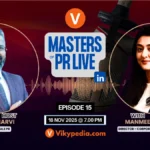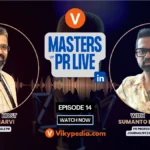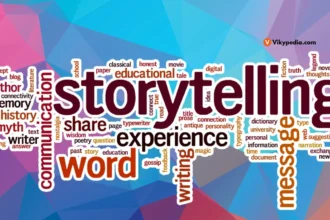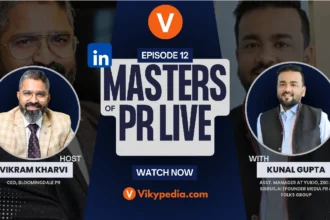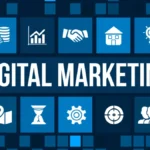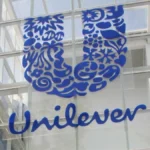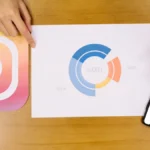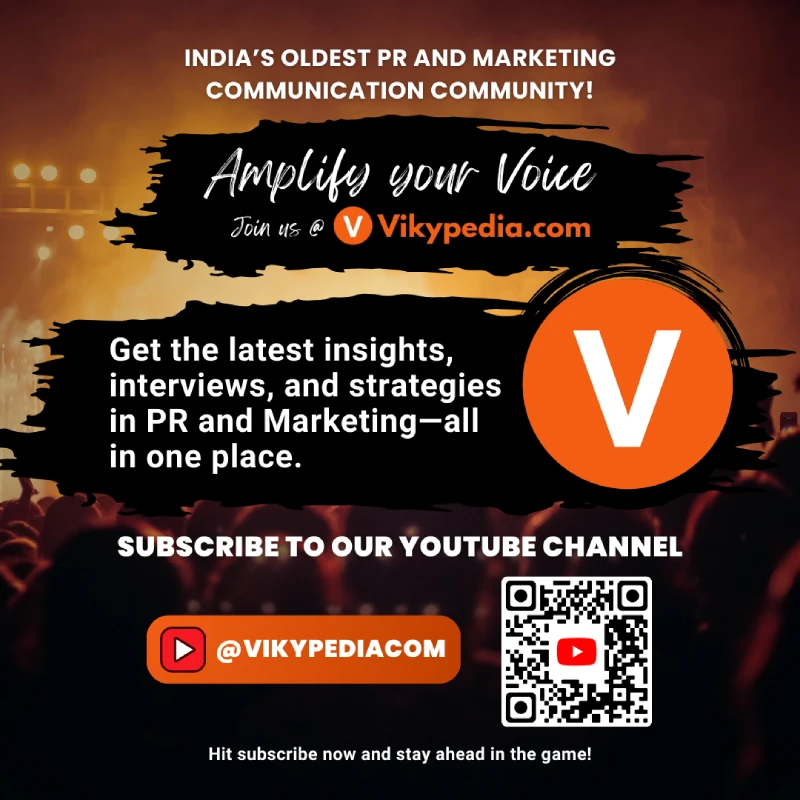In the latest episode of Masters of PR Live, we had a thought-provoking conversation with Munavar Attari — a seasoned communication strategist who has led regional mandates at global agencies like Edelman and FleishmanHillard and currently advises clients on public policy, reputation management, and stakeholder trust in Riyadh. With nearly two decades of experience across India and the Middle East, Munavar brings a grounded yet futuristic perspective on how Artificial Intelligence (AI) is redefining the world of Public Relations.
In this Q&A, Munavar shares practical insights into AI’s impact, agency workflows, ethics, and the evolving skills communications professionals must cultivate in this dynamic era.
VK: AI is a term that’s thrown around a lot these days but often misunderstood. How do you define AI and the related buzzwords?
MA: I break it down into three mental buckets — Patterns, Predictions, and Production. Pattern recognition and predictions have been around for a while, such as recommendation engines or social media targeting. What’s new and game-changing is the production aspect — where AI creates text, audio, video, or even multimodal outputs. Understanding AI through these three Ps helps simplify its complexity.
VK: From a communications lens, how relevant is AI in PR and brand storytelling today?
MA: It’s as relevant as the Google search was to us 15 years ago. AI is now a foundational tool that helps us live, work, and communicate more efficiently. Like mobile phones or office software, it’s become indispensable for modern knowledge workers.
VK: On a personal note, how has AI changed your day-to-day life?
MA: Immensely. I’ve designed a workflow where an AI tool analyzes selected news sources, summarizes key insights, and converts it into a 15-minute audio file I listen to while commuting. Before I reach the office, I’m already updated on all the critical news — saving hours of manual research and reading.
VK: You’ve worked at leading agencies like Adfactors, Edelman, and Fleishman. What shift do you see in agency work with the rise of AI?
MA: There’s definitely a lot of “AI washing” — just like everything was “blockchain” a few years ago. While 80% is buzz, the 20% that’s genuinely innovative is transformational. Agencies and clients are at different stages of the adoption curve, much like when we debated allowing YouTube in offices years ago.
VK: Let’s talk about practical applications. What areas of agency workflows are really seeing AI integration?
MA: Content generation through tools like ChatGPT is the obvious one. But the real power is in workflow automation— using platforms like Make.com to string together research, writing, campaign ideation, and reporting in automated flows. It’s not about replacing human insight but augmenting it smartly.
VK: Could you share a concrete example of AI usage in media relations?
MA: Certainly. Let’s say you’re pitching to a journalist you’ve known for years. Instead of relying only on personal experience, you can now analyze 100+ past articles of that journalist using AI, identifying patterns in what they cover and how. This gives junior professionals the ability to pitch with the depth and understanding usually developed over a decade.
VK: How about AI in measurement and reporting?
MA: AI is streamlining media analysis too. Instead of manually reading hundreds of articles to gauge sentiment around, say, a government announcement, you can now automate keyword analysis and narrative mapping in under an hour. It democratizes capabilities that earlier took senior expertise.
VK: Some clients are still hesitant about AI-generated content. Will this change?
MA: It will — much like how “Googling” was initially frowned upon but is now second nature. Right now, there’s a stigma that AI-generated work is less authentic. But as both the technology and human oversight improve, acceptance will grow. Transparency and disclosure will be critical in this transition.
VK: In terms of responsible AI use, especially in PR, where do you draw the line?
MA: Transparency is key. Clear disclosure about where and how AI is used protects trust — whether it’s with clients, stakeholders, or consumers. Just as we cite sources or disclose partnerships today, we must do the same with AI-driven outputs.
VK: AI is evolving rapidly, and so is fear-mongering around it. How much of the “doomsday” narrative do you buy?
MA: I think both optimism and caution are justified. We are in a global AI arms race at every level — nations, companies, individuals. The pace is nonlinear. Technology is moving faster than ethics and policy frameworks can catch up. So yes, without proper checks, there’s real risk, but also tremendous opportunity if managed well.
VK: How do you personally stay updated in this fast-evolving space?
MA: By learning through doing. You can read a hundred articles on AI, but unless you play with tools, build workflows, experiment, and fail a few times, you won’t truly understand it. Even 20–30 minutes a day experimenting can make a world of difference.
VK: Lastly, what’s your advice to young PR and communication professionals entering the AI-driven era?
MA: Embark on a personal learning journey. Equip, empower, and enable yourself — don’t wait for structured courses or formal training. Be curious, experiment, and adapt. Every individual’s journey with AI will be unique, but starting now is critical.


